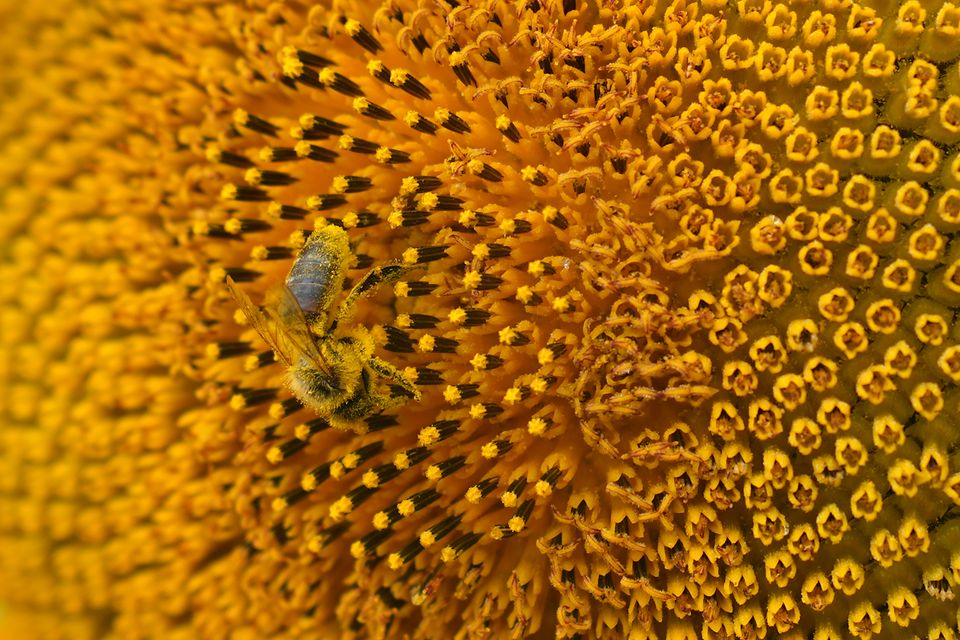Rapid action against an invasive bee-killing hornet has stopped its spread in the UK despite suitable climate and habitat for the insect, a study has found.
Research led by the UK Centre for Ecology and Hydrology (UKCEH) looked at how suitable European countries were for the yellow-legged or Asian hornet to become established, and how they might have spread without action.
The non-native Asian hornet, which arrived in France in a cargo of pottery from China about 20 years ago and has spread rapidly across the continent, can kill 50 bees a day and has devastated honeybee colonies in France and Italy, experts said.
It was first seen in the UK in 2016, and there have been regular sightings since, including 44 confirmed this year, largely in Kent and East Sussex.
The non-native Asian hornet has devastated honeybee colonies in France and Italy, experts said (PA)
But the National Bee Unit responds rapidly to reports of the invasive species, which preys on honeybees and other pollinating insects, destroying hornets and nests that it finds, the UKCEH said.
The new EU-funded study, published in the Journal of Applied Ecology, found there were areas where the climate and habitat was highly suitable for the hornets in France, Spain, Portugal, Italy, Belgium, the Netherlands, Denmark, Germany, the UK and Ireland.
By December 2023, the yellow-legged hornet had established itself in France, Spain, Belgium, the Netherlands, Portugal, Italy, Switzerland, Germany and Jersey.
The study revealed that without action, the Asian hornet could have been established across a minimum of 1,680 square kilometres (650 square miles) of the UK by 2020.
By 2026 – a decade after the first UK sightings – the hornet could have been established in 44-66% of the area of the country that has suitable climate and habitat for it, the study found.
But although there have been individual sightings in the UK since 2016, there has been no spread across the country because all nests have been removed, suggesting surveillance and rapid eradication attempts have helped limit the hornet’s spread, the study said.
Lead author Dr Richard Hassall, of the UKCEH, said: “No significant spread has yet been reported in the UK and while there has been recent establishment in Germany and the Netherlands, our predictions suggest that the attempts to tackle the yellow-legged hornet in these countries have so far been successful in limiting its spread.
“This is due to the fantastic efforts by vigilant members of the public who report suspected sightings of yellow-legged hornets, then rapid action by the authorities to locate and eradicate the insects and nests found.
“Significant resources have gone into monitoring and slowing the spread of this invasive non-native species in the UK and parts of Europe, so it is encouraging to find these efforts appear to have been effective.”
Professor Helen Roy of the UKCEH and the University of Exeter, a co-author of the study, said: “We are grateful to everyone who is helping to track the spread of the yellow-legged hornet.
“The contributions of volunteers to citizen science initiatives such as the Asian Hornet Watch app are inspiring.
“The yellow-legged hornet is a voracious predator and has caused notable losses of honeybees in parts of Europe, and we predict there would be major impacts to wild pollinators in the UK if it establishes here.”
